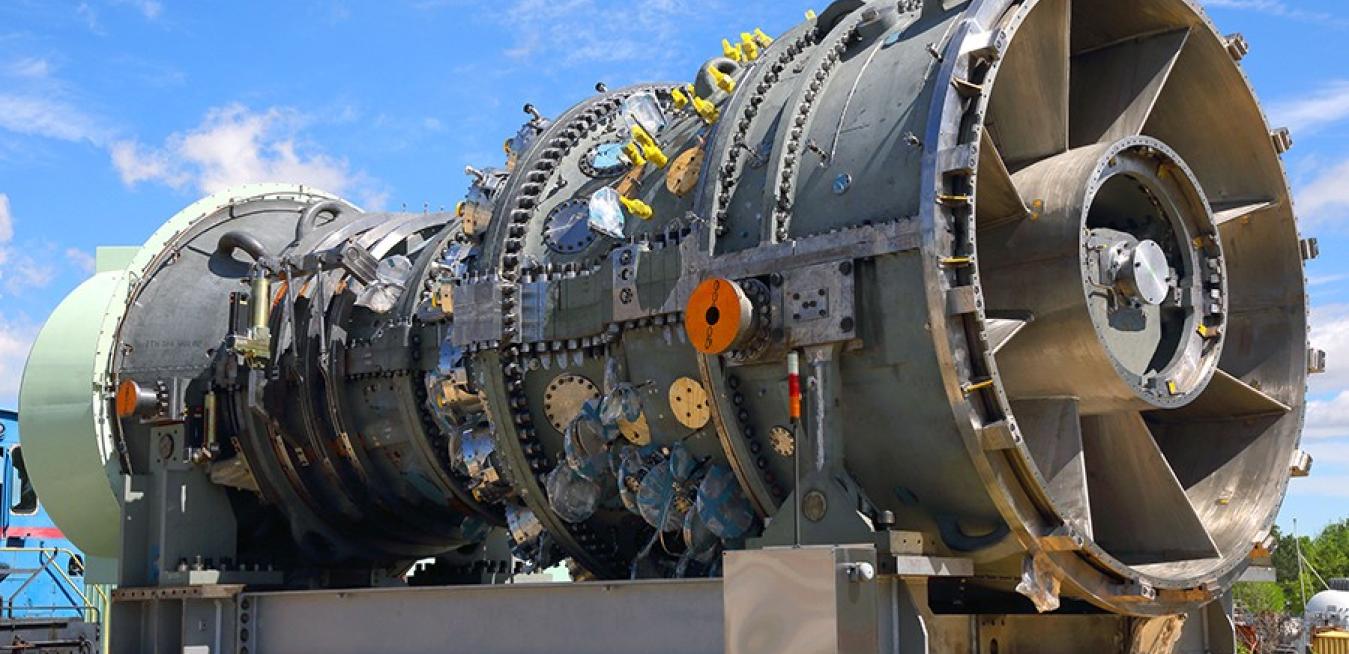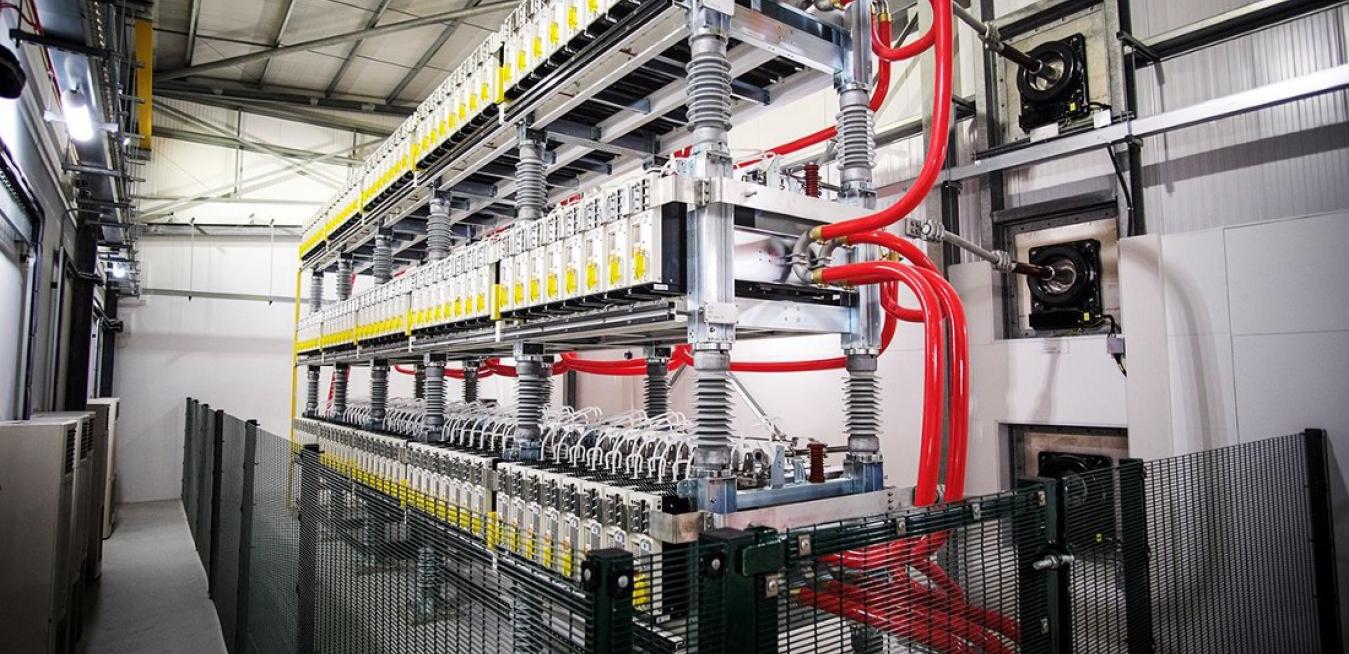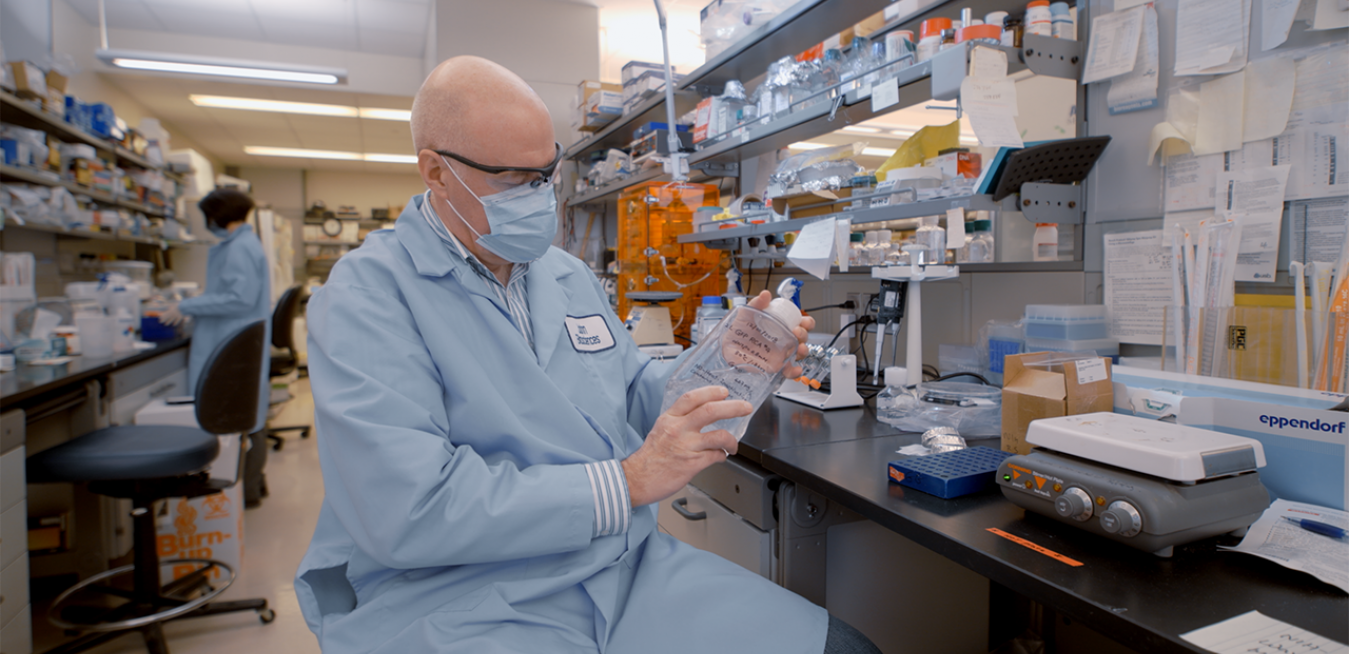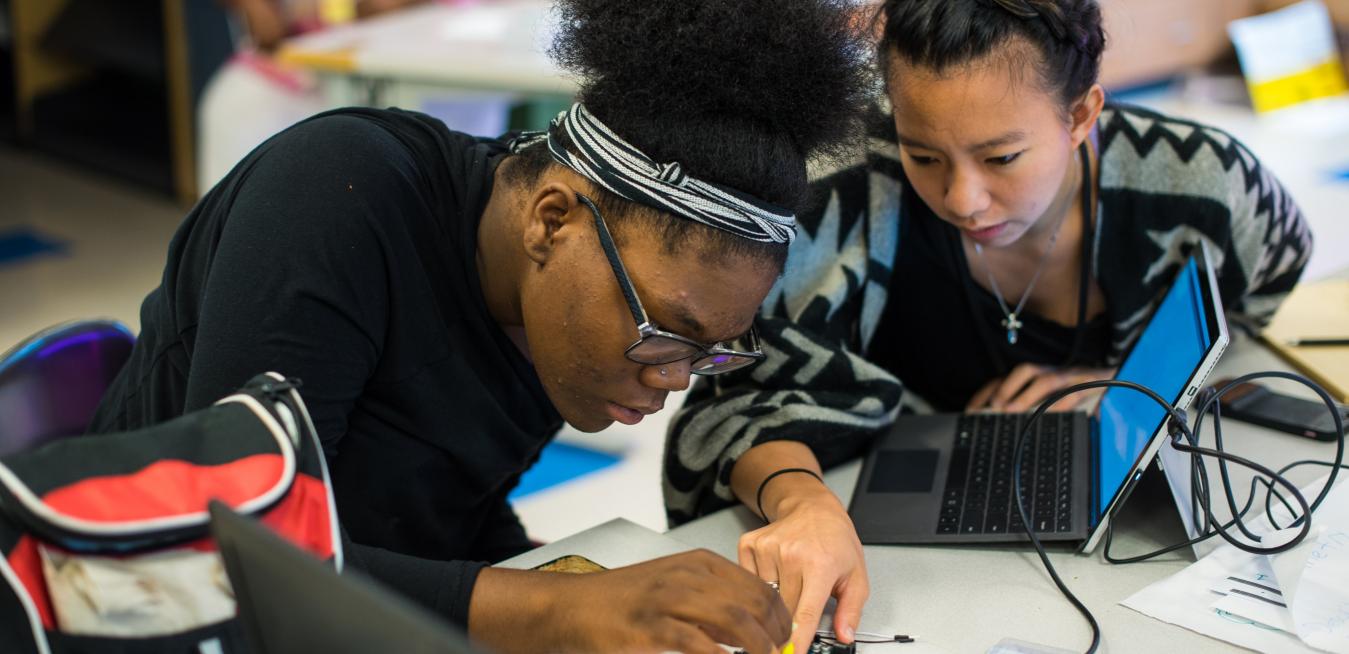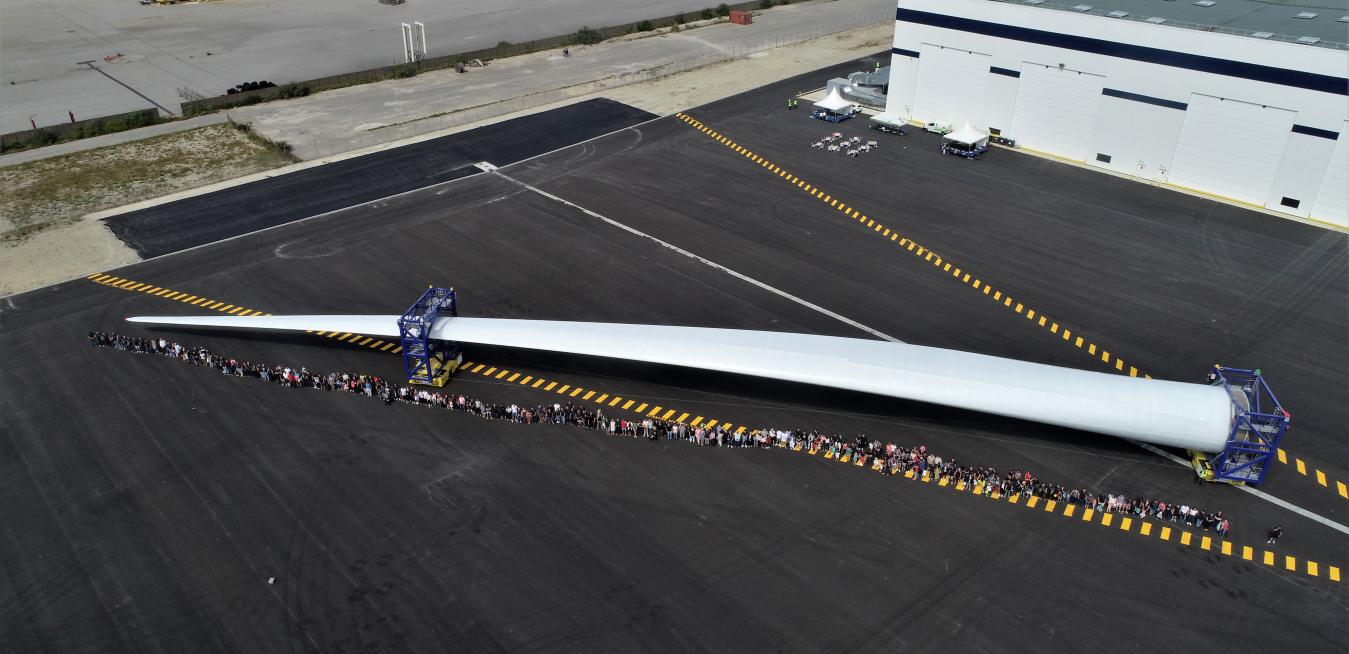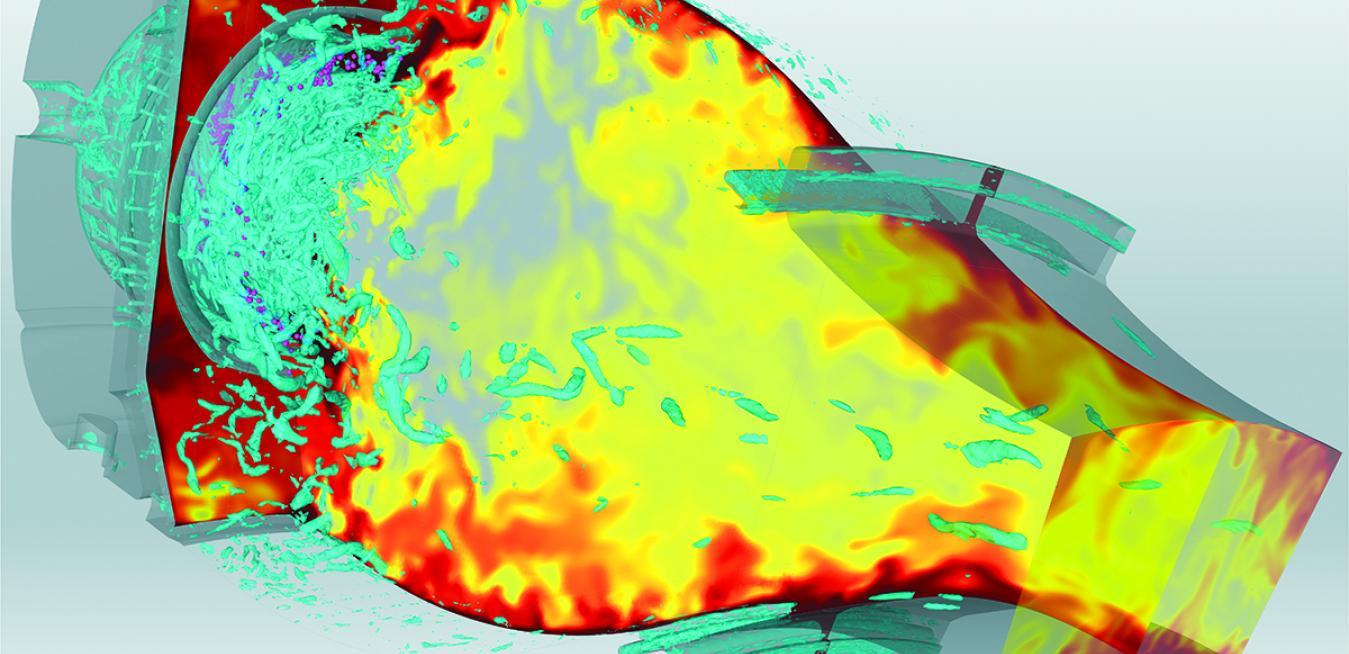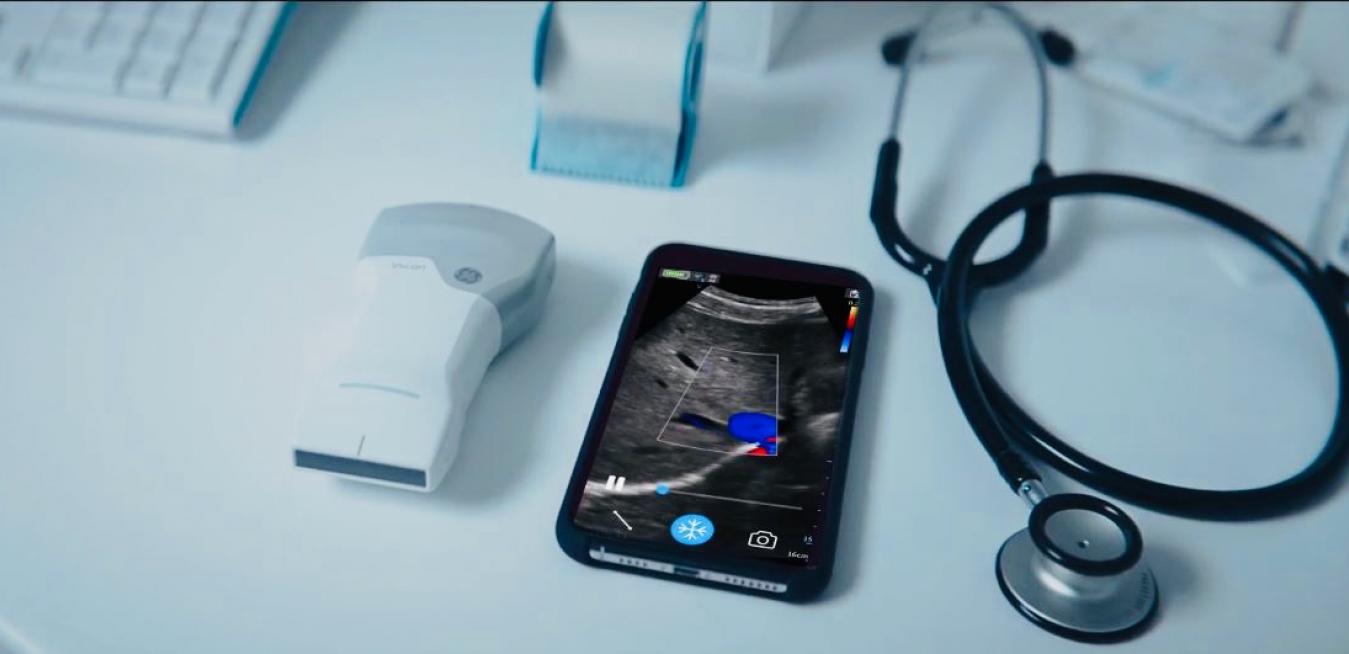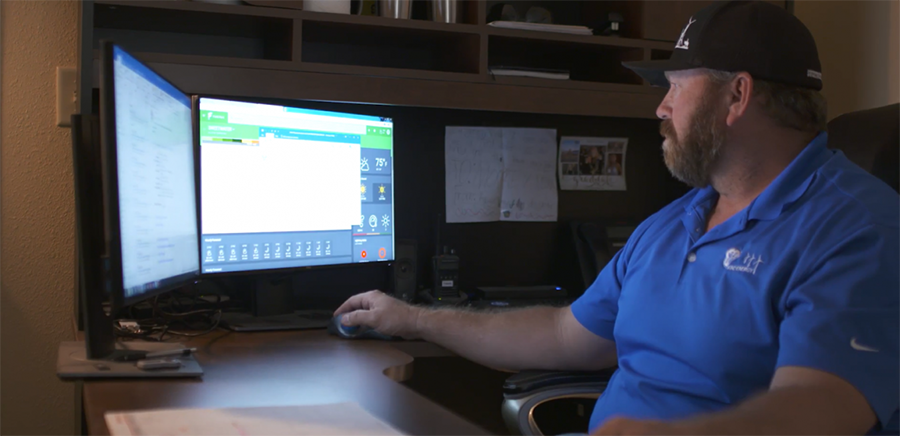GE celebró que sus turbinas de gas de servicio pesado clase H, la flota de más rápido crecimiento en su tipo, han alcanzado más de 50 clientes en 20 países, generando más de 26 gigavatios (GW) de energía y acumulando más de 1.000.000 de horas de operación comercial.
- GE destaca cuatro importantes proyectos FACTS (Flexible AC Transmission Systems) para clientes de todo el mundo, incluyendo Brasil y Uruguay
- GE demuestra su papel continuo como líder de la industria en tecnología STATCOM y Static Var Compensator (SVC) con negocios clave en América del Sur, el Reino Unido y el Medio Oriente.
- Estos logros refuerzan la confianza de nuestros clientes en las tecnologías de compensación de energía reactiva de GE y nuestra capacidad de ejecución para entregar proyectos complejos dentro del contexto de la transición
In November 2019, two days before his wedding, David Ilécio flew nine hours from Milwaukee to his mother’s home in Brazil. After a lifetime of secrecy, he mustered up the courage to tell her that he was gay and marrying his partner of 14 years, Aldoney da Silva Dias. He invited her to the wedding in São Paulo and nervously awaited her response. “I have one problem,” she said to him. “You only gave me two days to find a gown!”
Standing in a lab on the GE Research campus in Niskayuna, New York, John Nelson holds up a sample of synthetic DNA inside a vial that is small enough to fit comfortably between his thumb and forefinger. Nelson, who has worked as a senior principal scientist at GE Research for the last 24 years, says there’s enough synthetic DNA inside that half-gram vile to produce an estimated 5,000 vaccines. “It took us under a day to produce this,” he says.

Before Elizabeth Ivy Johnson interned at NASA’s High School Apprenticeship Research Program, at Florida International University (FIU) in Miami, the summer before her senior year in high school, she never had dreamed of becoming an engineer. She had contemplated becoming a lawyer or accountant — careers she had heard would give her financial stability. She didn’t know any engineers among her family or friends who lived in her Washington, D.C.-area neighborhood when she was growing up.
Thursday, April 22, marks the 51st Earth Day, and governments, companies, as well as ordinary people concerned about the planet’s climate are taking part in events celebrating the birth of the modern environmental movement.
In the five decades since the first Earth Day, the world has made much progress in understanding the perils posed by climate change and finding the solutions we need. But we are far from done. The switch to electric cars alone will force us to reimagine not only how we make electricity, but also how we distribute it.
Renewables are clearly a big part of the future of energy, but so are natural gas, energy storage, hydropower and the digital grid. Other industries, like aviation, must also decarbonize to help prevent the planet from warming.
Last year, Dr. Yale Tung Chen, an emergency medicine clinician in hard-hit Madrid, Spain, became one of a handful of clinicians around the world testing Vscan Air™, a handheld, wireless ultrasound scanner developed by engineers at GE Healthcare. The device, which GE Healthcare released for sale in the U.S. and Europe in March, beamed images from the ultrasound probe to an app on his smartphone, and this quickly became common practice on his daily rounds. “I’ve been using it on COVID-19 patients, scanning hearts, lungs, blocked vessels,” he says.
If you regularly drive long distances, it’s good practice to pop your car’s hood every few months for a thorough inspection of the engine, transmission, radiator, pumps and brakes. But if you’re only clocking up to a few dozen miles per month from the weekly supermarket run, you may be able to take a raincheck on that quarterly checkup.
